Detailed Introduction to Rolls-Royce 5880-PC1025 Marine Power Control Module
1. Product Description
The Rolls-Royce 5880-PC1025 is a high-performance, ruggedized power control module belonging to Rolls-Royce Marine’s 5880 Series—a specialized product line engineered for precise monitoring and regulation of marine power systems, including main propulsion engines, auxiliary generators, and hybrid power units. Designed as the “power management core” for modern merchant ships, offshore support vessels, and naval craft, this module integrates advanced digital signal processing (DSP) technology to optimize power distribution, prevent overloads, and ensure seamless transition between power sources (e.g., diesel generators to battery banks in hybrid setups).
What sets the 5880-PC1025 apart from conventional marine power controllers is its multi-source power coordination capability and Rolls-Royce’s proprietary “Adaptive Load Balancing” algorithm. Unlike basic load-monitoring devices, it actively adjusts power output across generators and propulsion systems in real time—critical for dynamic operations like offshore crane lifts or high-speed vessel maneuvering, where sudden load spikes can destabilize electrical grids. Its intelligent fault-detection logic also differentiates between transient fluctuations and critical failures, minimizing unnecessary shutdowns while ensuring safety.
Built to withstand the harshest maritime environments, the module features an IP66-rated enclosure that resists saltwater corrosion, high humidity, and extreme temperature swings (-40°C to +70°C). It boasts seamless compatibility with Rolls-Royce’s Power Management System (PMS) and third-party vessel automation platforms (e.g., Kongsberg K-Chief, Wärtsilä IAS) via maritime-specific protocols (DNV GL-approved CANopen, NMEA 2000). Certified by ABS, LR, and DNV GL for compliance with IMO MARPOL Annex VI and SOLAS regulations, the 5880-PC1025 is trusted in applications where power reliability directly impacts operational safety and fuel efficiency—from container ships’ main propulsion to offshore wind farm support vessels’ auxiliary power systems.
2. Product Technical Specifications
|
Specification Category
|
Details
|
|
Core Control Capabilities
|
– Primary Functions: Generator load sharing, propulsion power regulation, hybrid power source switching, overcurrent/overvoltage protection- Protection Features: Overload trip (programmable 105-120% of rated current), underfrequency/overfrequency protection (45-55 Hz), short-circuit detection, reverse power protection- Control Modes: Auto (full power management), Semi-auto (manual source selection), Remote (integrated with vessel PMS)
|
|
Electrical Parameters
|
– Power Supply: 24 VDC (wide input range: 18-32 VDC) compliant with marine electrical standards- Power Consumption: Typical 12 W; Max 20 W (during high-load monitoring)- Fuse Rating: 2 A slow-blow for power input; 1 A for I/O circuits
|
|
Input/Output (I/O) Interfaces
|
– Analog Inputs: 8 channels (16-bit resolution) for current transformers (CTs, 0-5 A), voltage transducers (VTs, 0-1000 V AC), frequency sensors (45-55 Hz)- Digital Inputs: 12 channels (24 VDC) for generator status signals, breaker positions, emergency stop commands- Digital Outputs: 8 channels (24 VDC, 3 A max) for generator breaker control, alarm activation, power source switching relays- Communication: CANopen (DS 301/DS 401), Ethernet (Modbus TCP/IP), RS-485 (Modbus RTU); optional 4G/LTE for remote monitoring
|
|
Performance Metrics
|
– Load Sharing Accuracy: ±1% of rated load across parallel generators- Voltage Regulation: ±0.5% of nominal voltage (230/400 V AC)- Frequency Regulation: ±0.1 Hz (45-55 Hz range)- Response Time: <50 ms to load changes; <20 ms to critical faults (e.g., short circuits)
|
|
Physical & Environmental
|
– Dimensions: 220 mm (W) × 180 mm (H) × 90 mm (D) (panel-mountable)- Weight: 2.1 kg- Operating Temperature: -40°C to +70°C- Storage Temperature: -55°C to +85°C- Protection Rating: IP66 (enclosure); IP65 (connectors)- Vibration Resistance: IEC 60068-2-6 (10-500 Hz, 15 g peak); Shock Resistance: IEC 60068-2-27 (50 g, 11 ms half-sine)
|
|
Reliability & Compliance
|
– Certifications: ABS, LR, DNV GL marine type approval; CE (EMC/EMI compliance); IMO MARPOL Annex VI compliant- Mean Time Between Failures (MTBF): >100,000 hours (per IEC 61709)- Fault Logging: 200-event memory with timestamp (overloads, voltage fluctuations, communication errors)
|
3. Usage Instructions
3.1 Installation & Setup
- Pre-Installation Checks
-
- Verify compatibility with the vessel’s power system (e.g., confirm generator rated current/voltage matches module’s CT/VT input range); cross-check part number 5880-PC1025 with the vessel’s technical data sheet.
-
- Inspect the module for shipping damage (cracked enclosure, bent connector pins) and ensure marine certification marks (ABS/DNV GL) are intact.
-
- Prepare tools: Torque screwdriver (0.8-2.0 N·m), ESD wristband, marine-grade shielded cables (16 AWG for power, 22 AWG for signals), and Rolls-Royce-approved wiring harness (part no. 5880-HAR-003).
- Mechanical Mounting
-
- Location: Install in the vessel’s main switchboard room or power control cabinet; maintain 50 mm clearance on all sides for ventilation. Avoid mounting near heat sources (e.g., generator exhaust pipes) or direct saltwater spray.
-
- Securing: Fasten the module to the panel using four M5 screws torqued to 1.5 N·m; use the provided neoprene gasket to enhance IP66 protection against dust and water ingress.
- Wiring Connections
-
- Power Wiring: Connect 24 VDC (positive to terminal PWR+, ground to PWR-) with a 2 A inline fuse; use color-coded marine cables (red for positive, black for ground) per SOLAS regulations.
-
- Sensor Wiring:
-
-
- Current Transformers (CTs): Connect secondary windings (0-5 A) to analog inputs AI1-AI4; ensure polarity alignment (dot marking on CT matches module’s “CT IN” label).
-
-
-
- Voltage Transducers (VTs): Wire 0-1000 V AC signals to AI5-AI8; use insulated twisted-pair cable to minimize interference.
-
-
- Control Wiring:
-
-
- Generator Breakers: Connect digital outputs DO1-DO4 to breaker control coils; use relay isolation for high-voltage circuits.
-
-
-
- Emergency Stop: Wire E-stop button to digital input DI1 (24 VDC); ensure it triggers a hardwired shutdown independent of module logic.
-
-
- Communication Wiring: Connect CANopen terminals (CAN_H/CAN_L) to the vessel’s PMS bus; terminate with 120 Ω resistor at the last module in the chain. For Ethernet, use Cat5e shielded cable to the switchboard’s network switch.
- Post-Installation Verification
-
- Power on the module; check the “STATUS” LED (solid green = normal, flashing red = fault).
-
- Test sensor inputs: Apply a known 50% load to a generator and verify AI1 reads 2.5 A (CT input); confirm voltage reading on AI5 matches the generator’s nominal voltage (e.g., 400 V AC = 5 V DC signal).
-
- Validate communication: Use a laptop to ping the module’s Ethernet IP (default: 192.168.1.20) and confirm data transmission to the PMS.
3.2 Configuration & Operation
- Initial Configuration via Rolls-Royce Power Manager Software (RRPM)
-
- Software Setup: Install RRPM (v5.3+ for Windows) and connect to the 5880-PC1025 via USB service port or Ethernet. Launch the “Power System Wizard” to auto-detect connected generators and sensors.
-
- Parameter Configuration:
-
-
- Enter generator specifications: Rated power (e.g., 200 kW), nominal voltage (400 V AC), frequency (50 Hz), and CT/VT ratios (e.g., 500:5 for CTs).
-
-
-
- Set protection limits: Overload trip (110% of rated current), underfrequency (47 Hz), overfrequency (53 Hz), and reverse power (5% of rated power).
-
-
- Load Sharing Setup: Configure parallel generator logic—set “droop control” (2% droop) or “isochronous control” (for constant frequency applications like offshore drilling).
- Normal Operation
-
- Auto Power Management: Activate “Auto Mode” via RRPM or the vessel’s PMS. The module will automatically start/stop generators based on load demand, balance load across parallel units (±1% accuracy), and switch between power sources (e.g., diesel to battery in hybrid mode) during low-load periods.
-
- Local Monitoring: Use the module’s front-panel LCD (2-line × 20-character) to track real-time data: generator load (kW), voltage (V AC), frequency (Hz), and active alarms. Press the “PAGE” button to cycle through parameters.
-
- Remote Control: From the ship’s bridge, use the PMS HMI to adjust load setpoints, manually start/stop generators, or override auto mode for maintenance. The module sends status updates every 100 ms to ensure real-time synchronization.
-
- Emergency Response: If a critical fault (e.g., short circuit) is detected, the module triggers an immediate generator shutdown (DO1-DO4 de-energize) and activates a visual/audio alarm (DO5). Reset via RRPM after troubleshooting (e.g., repairing a shorted cable).
- Maintenance & Troubleshooting
-
- Routine Checks:
-
-
- Monthly: Inspect wiring terminals for corrosion; clean connectors with marine-grade contact cleaner (Rolls-Royce Spec. RR-C-800).
-
-
-
- Quarterly: Calibrate CT/VT inputs via RRPM—use a precision signal generator to apply 0%, 50%, and 100% of rated signals and adjust offsets if deviations exceed ±0.5%.
-
-
-
- Annually: Download fault logs via RRPM to analyze trends (e.g., frequent underfrequency alarms may indicate generator governor issues).
-
-
- Common Faults:
-
-
- Load Imbalance (>1%): Check CT wiring for polarity reversal; reconfigure load sharing parameters in RRPM.
-
-
-
- Communication Failure: Verify Ethernet/CANopen wiring; reset the module by cycling power. If persistent, update firmware via RRPM.
-
-
-
- False Overload Alarms: Recalibrate current inputs; inspect CTs for damage (e.g., open windings).
-
-
- Firmware Update: Download the latest firmware (v3.8+) from Rolls-Royce Marine Service Portal; install via RRPM’s “Firmware Manager” to enhance compatibility with new PMS versions.
4. System Introduction
The 5880-PC1025 is a foundational component of Rolls-Royce’s Integrated Marine Power Management System (IMPMS)—a scalable, modular ecosystem designed to optimize power efficiency, enhance reliability, and simplify maintenance for modern vessels. Deployed across container ships, offshore supply vessels, and naval frigates, IMPMS unifies control of main propulsion, auxiliary generators, battery banks, and shore power connections under a single, intuitive interface.
4.1 System Architecture
- Sensing Layer: Comprises CTs, VTs, frequency sensors, and generator status switches that feed real-time power data to the 5880-PC1025. Redundant sensors are deployed for critical inputs (e.g., main generator current) to ensure fault tolerance.
- Control Layer: The 5880-PC1025 processes sensor data, executes load balancing algorithms, and sends control commands to generators, breakers, and power sources. It coordinates with other 5880 Series modules (e.g., 5880-PC1030 for propulsion control) to synchronize power distribution across the vessel.
- Integration Layer: Connects to the vessel’s PMS and bridge automation system via CANopen/Ethernet. Data is also relayed to on-shore fleet management platforms (e.g., Rolls-Royce Marine Cloud) via 4G/LTE, enabling remote monitoring of power consumption and predictive maintenance alerts.
- Safety Layer: Embeds independent shutdown logic compliant with SOLAS regulations—triggers global power cutoff if critical faults (e.g., main bus short circuit) are detected, and isolates faulty generators to prevent system-wide failure.
4.2 Key System Features
- Fuel Efficiency Optimization: The 5880-PC1025’s adaptive load balancing reduces fuel consumption by up to 8% compared to conventional systems—by matching generator output to actual load demand and minimizing idle time for auxiliary units.
- Hybrid Power Support: Seamlessly manages transitions between diesel generators, battery banks, and shore power, ideal for vessels operating in emission-controlled areas (ECAs) where zero-emission mode is required.
- Scalability: Supports up to 8 parallel generators and 4 hybrid power sources, making it suitable for small patrol boats (2 generators) to large container ships (8 generators + battery banks).
- Predictive Maintenance: RRPM software analyzes module data (e.g., load cycle counts, voltage fluctuation trends) to predict component wear—e.g., alerts for generator bearing replacement based on load-induced vibration patterns.
5. Recommended Related Models in the Same Series
For applications requiring specialized power control capabilities (e.g., high-voltage systems, hazardous areas), the following 5880 Series models are recommended:
- Rolls-Royce 5880-PC1030: Propulsion-focused variant with enhanced torque control for main engines (e.g., MTU 4000 series). Integrates with Rolls-Royce’s Azipull thruster systems for dynamic positioning.
- Rolls-Royce 5880-PC1040: High-voltage (HV) model designed for 6.6/11 kV AC systems. Ideal for large cruise ships and offshore drilling rigs with high-power demand (up to 5 MW per generator).
- Rolls-Royce 5880-PC1025-EX: Explosion-proof variant (ATEX Zone 1, IECEx) with intrinsic safety barriers. Suitable for chemical tankers and LNG carriers where flammable vapors are present.
- Rolls-Royce 5880-PC1050: Hybrid power specialist with dedicated battery management algorithms. Optimizes charging/discharging cycles for lithium-ion battery banks in hybrid ferries and offshore support vessels.



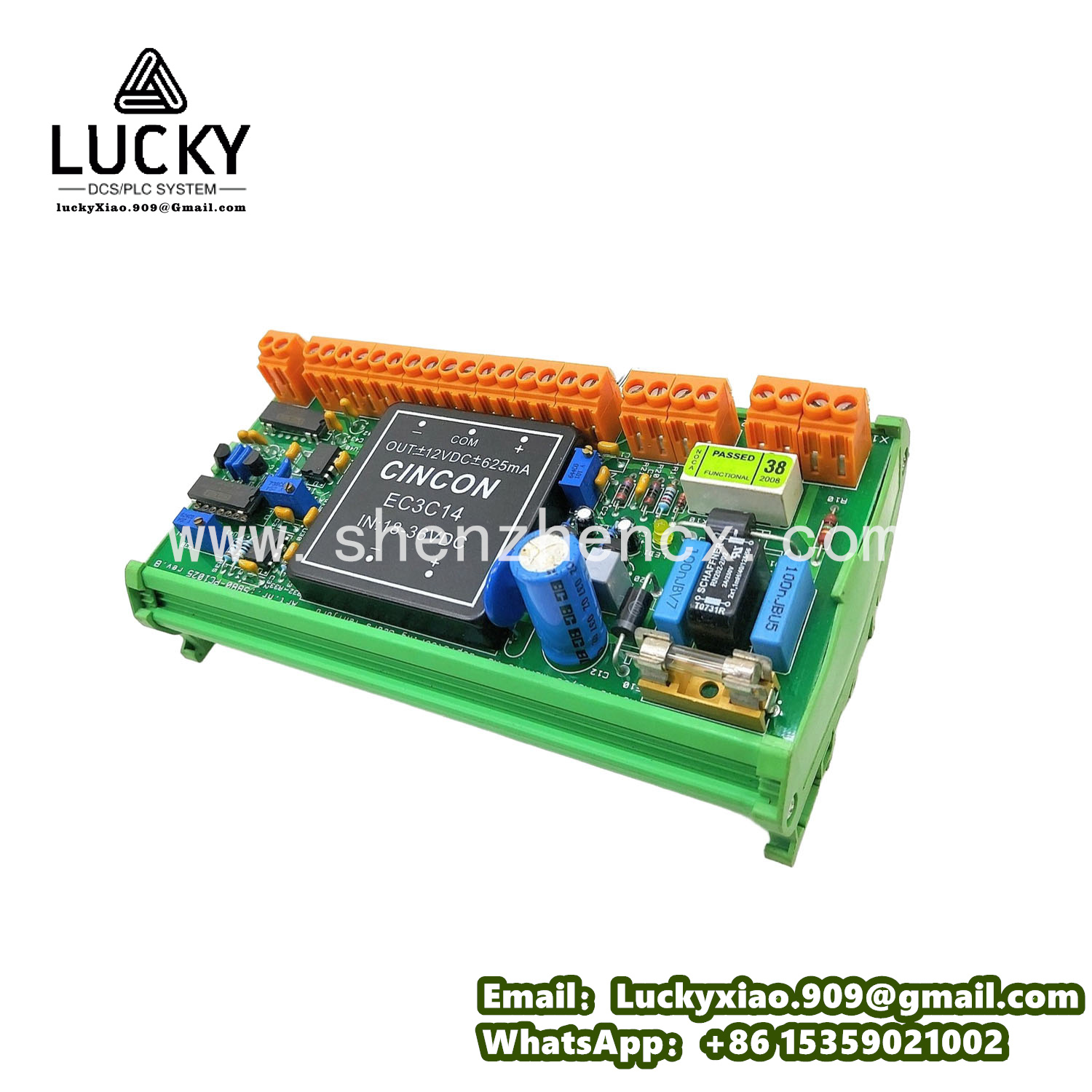
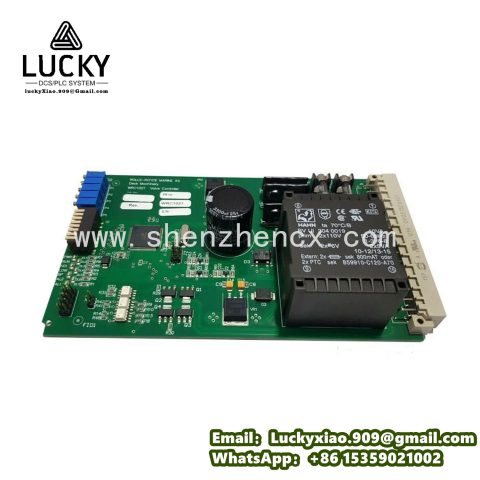
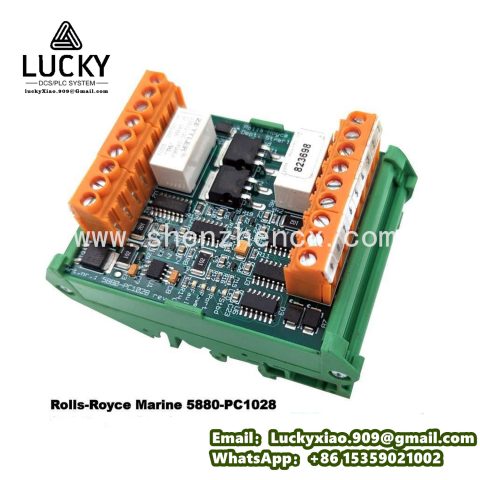
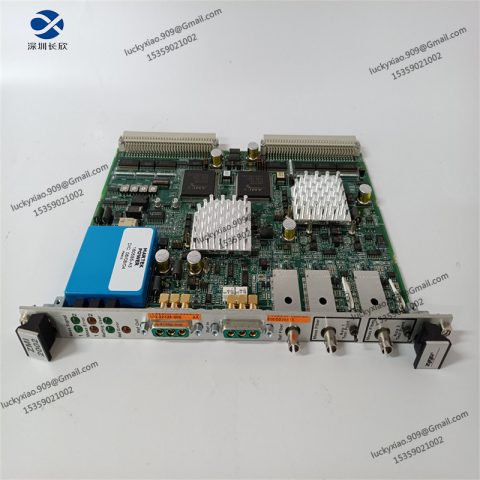
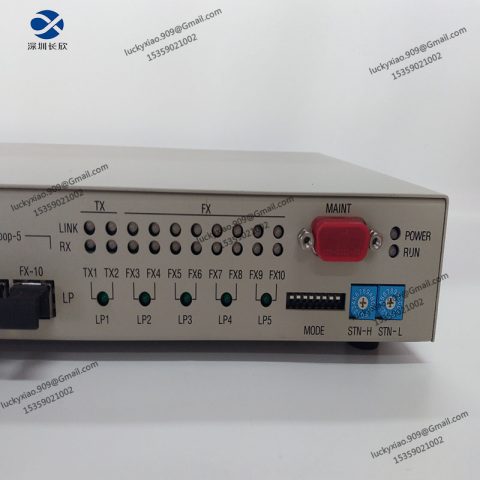
-480x480.png)
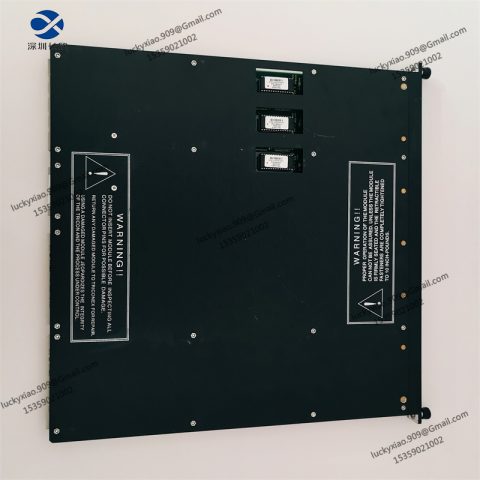
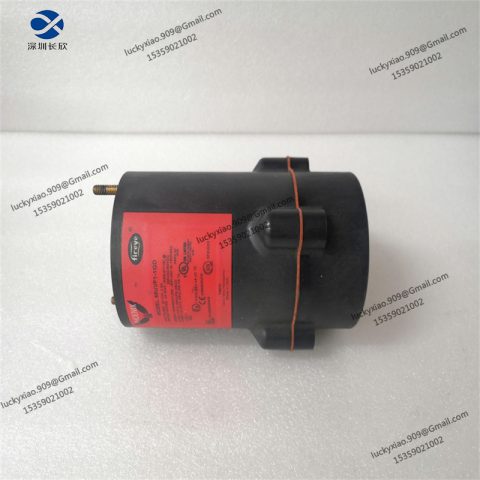
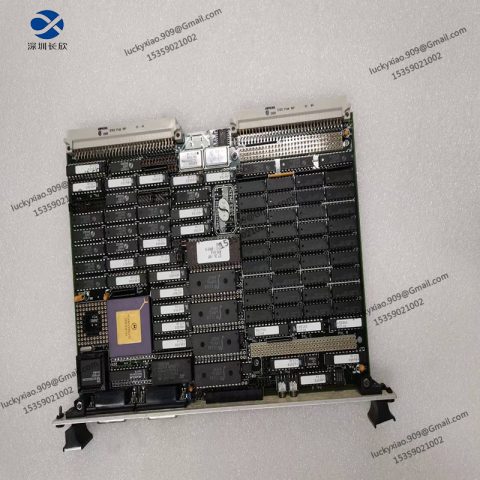
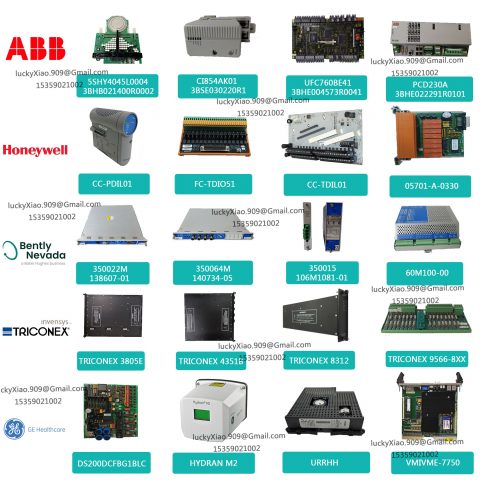
There are no reviews yet.